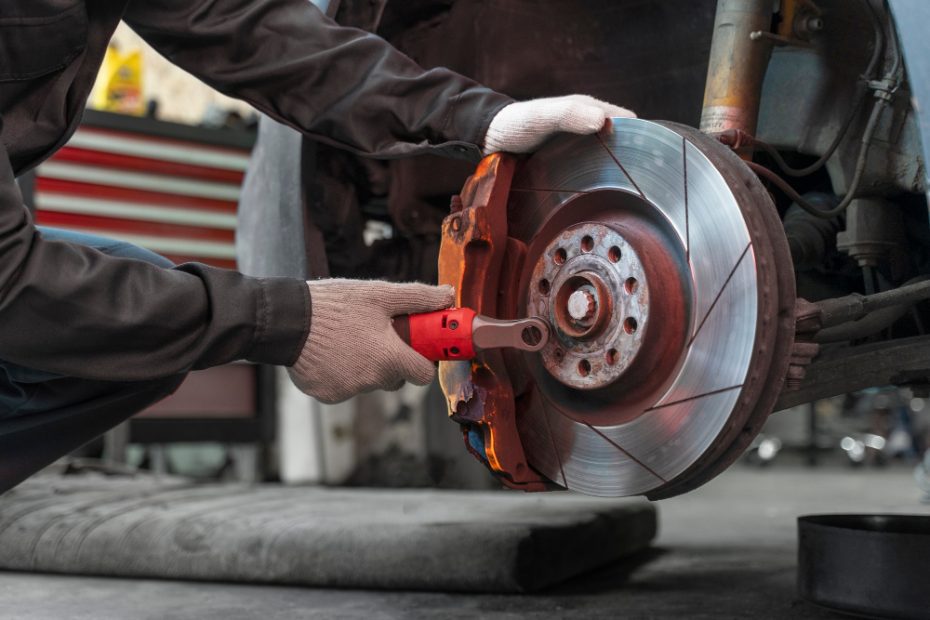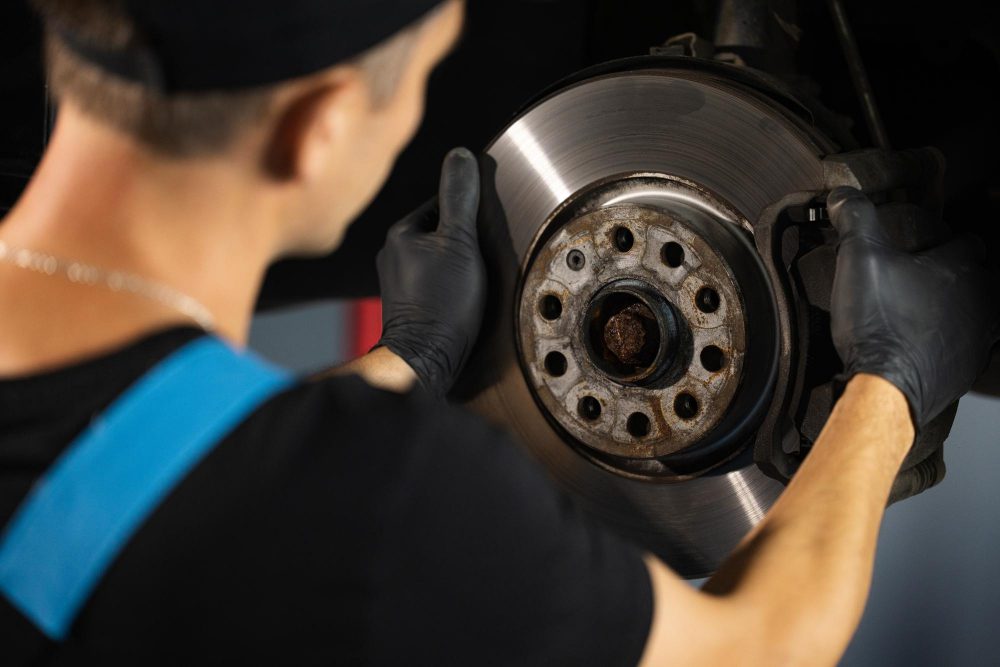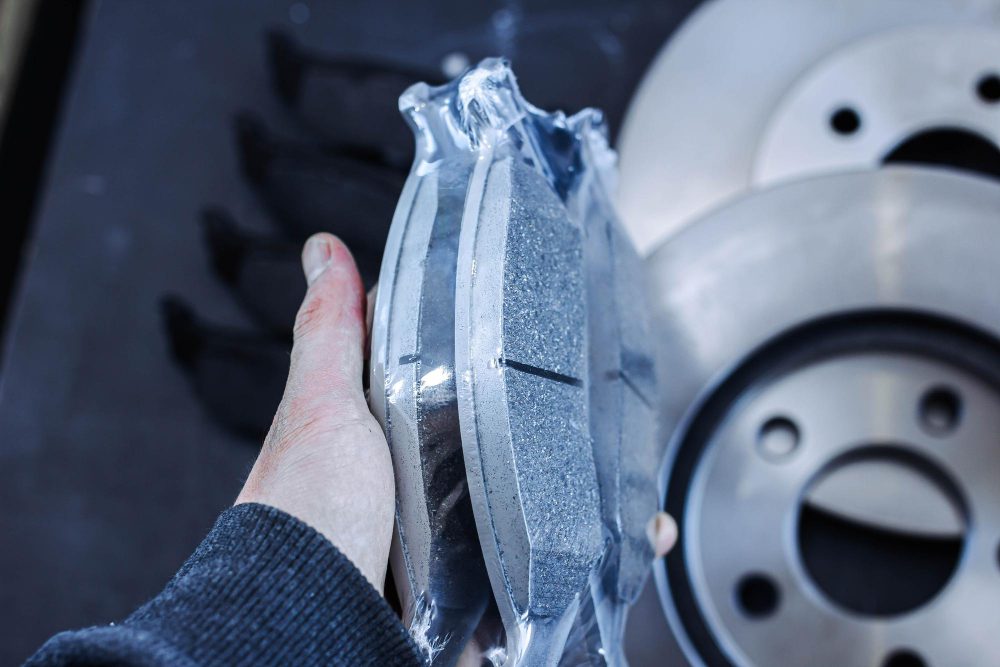Is it safe to drive with ABS and traction light on?
Seeing the ABS (Anti-lock Braking System) and traction control lights illuminated on your vehicle’s dashboard can be a cause for concern. These warning lights indicate that there may be an issue with your car’s braking system or its ability to maintain traction on the road. While it is generally not recommended to drive with these lights on, the level of safety varies depending on the specific circumstances.
The role of ABS and traction control systems
Before diving into the safety implications, let’s understand the importance of ABS and traction control systems in a vehicle. ABS prevents the wheels from locking up during sudden braking, allowing the driver to maintain steering control. On the other hand, traction control helps to maximize grip between the tires and the road surface, especially in slippery conditions.
When either of these systems is compromised, it can significantly impact your vehicle’s ability to brake effectively or maintain stability while driving.
Understanding the warning lights
When the ABS and traction control lights illuminate on your dashboard, it typically indicates a fault within the respective systems. It could be a sensor malfunction, a wiring issue, a problem with the hydraulic unit, or any other component failure. To determine the exact cause of the problem, it is advisable to consult a professional mechanic and have your vehicle diagnosed.
The potential risks
Driving with the ABS and traction lights on poses some risks that should not be overlooked. These include:
- Reduced braking efficiency: With the ABS light on, your vehicle may no longer have the anti-lock feature, meaning the wheels can lock up during hard braking. This makes it harder to maintain control and increases the risk of skidding or sliding.
- Increased stopping distance: Without the ABS functioning properly, your vehicle’s stopping distance can increase. This is particularly dangerous in emergency situations where every inch matters.
- Reduced traction: The traction control light suggests that your vehicle may struggle to maintain grip on slippery surfaces, which heightens the risk of losing control, especially during cornering or acceleration.
Given these potential risks, it is generally best to address the underlying issue before continuing to drive.
“Ignoring the warning lights and continuing to drive with these systems compromised can put you and others at greater risk.”
What should you do?
If the ABS and traction control lights come on while you are driving, it is recommended to take the following steps:
- Stay calm: Panic can lead to poor decision-making. Try to remain composed and focused on safely resolving the situation.
- Reduce your speed: Slow down and avoid sudden or aggressive maneuvers that could further compromise your vehicle’s stability.
- Find a safe location to stop: If it is safe to do so, pull over to the side of the road away from traffic.
- Inspect your vehicle: Check for any visible signs of damage or issues that may have triggered the warning lights. However, be cautious as some problems may not be readily apparent.
- Call for assistance: Contact a professional mechanic or a breakdown service for guidance on whether it is safe to drive to a repair shop or if towing is necessary.
It is important to remember that every situation is unique, and the severity of the problem can vary. Consulting a qualified mechanic will help assess the issue accurately and ensure your safety on the road.
Why would my ABS light and traction control light come on?
Introduction
When driving, you may have noticed that your ABS (Anti-lock Braking System) light and traction control light have illuminated on your dashboard. This can be concerning, as it indicates that there may be an issue with these important safety features in your vehicle. Understanding why these lights come on can help you make informed decisions about your driving safety.
Possible Causes
There are several reasons why your ABS light and traction control light may come on:
- Faulty ABS sensor: The ABS system relies on sensors at each wheel to monitor the speed of the wheels. If one of these sensors fails or malfunctions, it can trigger the ABS light and traction control light.
- Low brake fluid: Insufficient brake fluid can affect the proper functioning of the ABS system and cause the warning lights to illuminate.
- Worn brake pads: If your brake pads are worn down, it can affect the performance of the ABS system and result in the lights coming on.
- Electrical issues: Problems with the wiring or electrical components related to the ABS system can lead to the lights activating.
Impact on Safety
Driving with the ABS light and traction control light on can have implications for your safety on the road. These lights indicate that the systems designed to enhance your vehicle’s stability and braking performance may not be functioning optimally. While your vehicle will still be drivable, it is recommended to have the issue diagnosed and fixed as soon as possible to ensure maximum safety.
What to Do
If the ABS light and traction control light come on, here are some steps to take:
- Check your brake fluid level: If it’s low, topping it up may resolve the issue. However, it is still advisable to have your vehicle inspected by a mechanic.
- Inspect your brake pads: If they are worn, it is essential to have them replaced promptly.
- Schedule a diagnostic test: Visit a qualified mechanic or dealership to identify and rectify the specific cause of the warning lights.
Remember, ignoring the ABS light and traction control light can compromise your safety and increase the risk of accidents.
It’s worth noting that different vehicle models and manufacturers may have varying warning light symbols and indications. Consult your vehicle’s manual for specific information relating to your make and model.
How do I reset my ABS and traction control light?
Introduction
If you notice that your ABS and traction control lights are illuminated on your vehicle’s dashboard, it is important to address the issue promptly. These lights indicate a problem with your vehicle’s anti-lock braking system (ABS) or traction control system, which can affect your safety on the road. In this article, we will guide you through the steps to reset the ABS and traction control lights.
Check for Simple Fixes First
Before attempting to reset the ABS and traction control lights, it is advisable to check for any simple fixes. Start by inspecting the wheel sensors to ensure they are clean and free from debris. You should also check the brake fluid level as low levels can trigger the warning lights. If these simple fixes do not resolve the issue, proceed with the following steps.
Step 1: Consult the Vehicle Owner’s Manual
Every vehicle has its own specific procedure to reset the ABS and traction control lights. The first step is to consult your vehicle owner’s manual to understand the exact process for your particular make and model. The manual will provide detailed instructions on accessing the necessary controls or buttons.
Step 2: Turn off the Ignition
To begin the reset process, turn off the ignition and remove the key from the ignition switch. This will ensure that the vehicle’s electrical systems are properly reset.
Step 3: Wait for a Few Minutes
After turning off the ignition, wait for a few minutes before proceeding. This allows the vehicle’s electronic control unit (ECU) to fully reset and clear any stored codes related to the ABS and traction control systems.
Step 4: Restart the Vehicle
Once the waiting period is over, insert the key back into the ignition and start the vehicle. Take note of whether the ABS and traction control lights have turned off. If they remain illuminated, continue with the next steps.
Step 5: Use an OBD-II Scanner
If the previous steps did not resolve the issue, you may need to use an OBD-II scanner. This diagnostic tool allows you to communicate with your vehicle’s onboard computer system and retrieve any stored error codes. By identifying the specific error code associated with the ABS and traction control lights, you can take appropriate action to address the underlying problem.
Step 6: Visit a Professional Mechanic
If you are unable to reset the ABS and traction control lights on your own or if the lights keep coming back after resetting, it is recommended to visit a professional mechanic. They have the expertise and specialized tools to diagnose and repair complex issues related to the ABS and traction control systems.
Conclusion
Driving with the ABS and traction control lights on can be unsafe, as these systems play a crucial role in maintaining vehicle stability and control. It is important to follow the steps outlined above to reset the lights and address any underlying issues promptly. Remember to consult your vehicle owner’s manual and seek professional help if necessary. Your safety on the road should always be a top priority.



